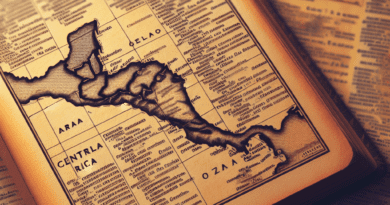Military Time
Take a moment to consider a different perspective on time – not your everyday 12-hour clock, but the 24-hour system known as Military Time. This functional and unique timekeeping method is used worldwide by various occupations and in different circumstances, such as new travel destinations or adventurous endeavors. You’ll find it surprising how something as ordinary as time can become a topic of intrigue, especially when you start exploring its role in your adventurous quests around the globe. Be ready to learn, unlearn, and navigate how time is perceived in this lesser-known world of Military Time.
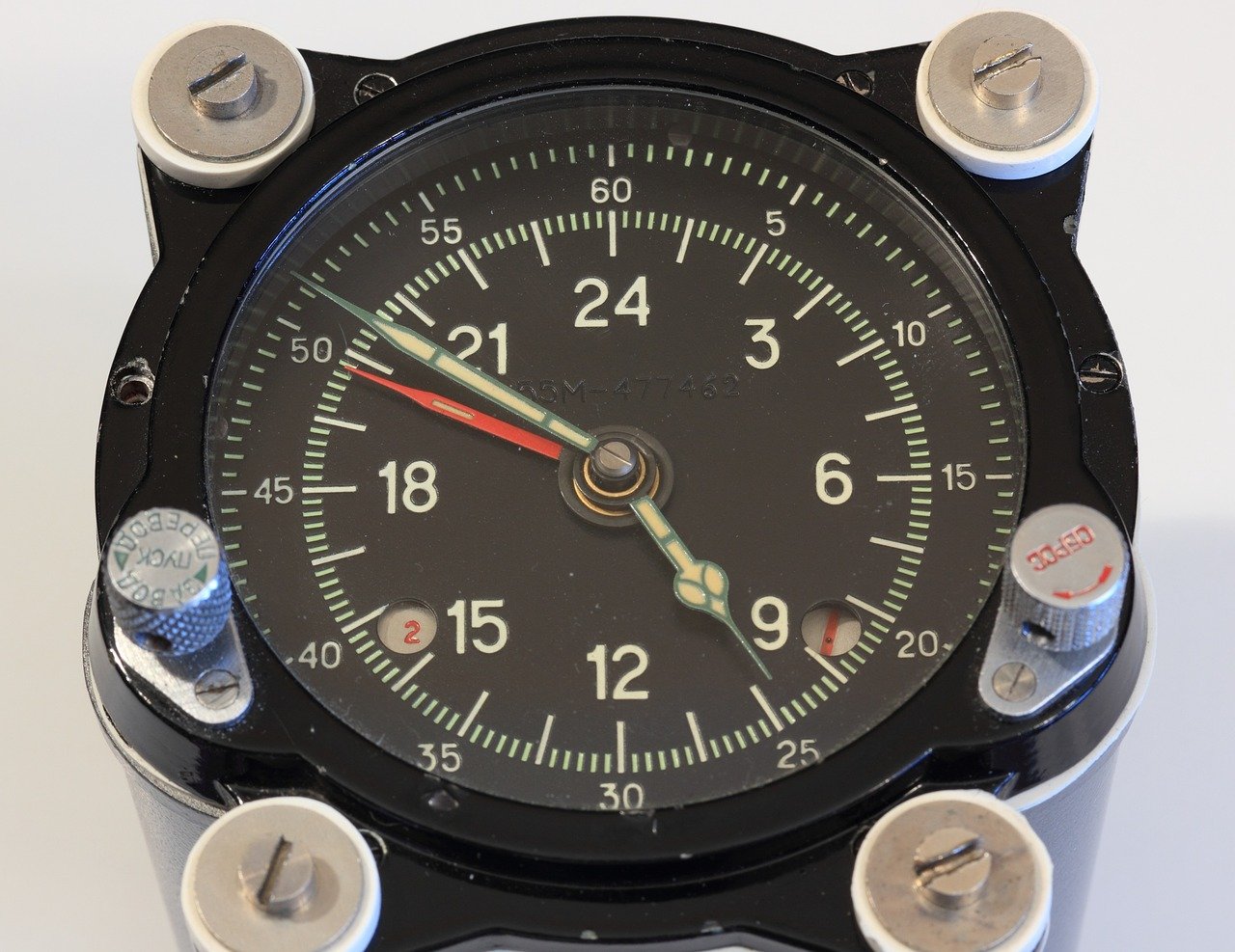
Understanding Military Time
Military time, often referred to as the 24-hour clock, is a method of measuring the duration of the day that runs from midnight to midnight, divided into 24 hours. This system is used by the military and other entities that require precision and clarity in their timekeeping procedures. In this article, we will delve deeper into understanding military time.
Definition and Concept
Military time is a method of timekeeping that eliminates the need for notation such as AM and PM. This system of measurement starts at midnight, noted as 0000 (read as “zero hundred hours”), and concludes at 2359 (read as “twenty-three fifty-nine hours”). Essentially, the day is divided into 24 hours, extending from midnight to midnight.
History and Evolution of Military Time
The concept of military time is not as recent as you might think. In fact, it dates back to ancient civilizations like the Egyptians, who were the first to use a 24-hour clock. While the practice lost its popularity in the Middle Ages, it was re-introduced in the 14th century and has carried on since then. The use of this system in the military is slightly modern, gaining traction during World War I to synchronize operations and avoid confusion.
Global Use and Adoption
Military time is used worldwide, mainly by professional industries that require precise timekeeping. Besides the military, it is widely used in healthcare, aviation, and public safety services. Many countries around the globe, particularly in Europe, also use the 24-hour format for their standard civilian time.
The Difference Between Military Time and Standard Time
Understanding the difference between military time and the 12-hour clock is crucial for those who are new to the concept.
12-Hour Clock (AM/PM) vs 24-Hour Clock
The 12-hour clock, which is common in countries like the U.S., splits the day into two 12-hour sections: A.M. (ante meridiem, before midday) and P.M. (post meridiem, after midday). On the other hand, the 24-hour clock, also known as military time, counts the hours of the day from 0 to 24, eliminating the need for A.M. and P.M. notations.
Benefits of Using 24-Hour Format
Military time offers several benefits compared to the standard 12-hour clock. Firstly, it avoids potential confusion between morning and evening hours. Secondly, it enhances accuracy and precision in timekeeping. And lastly, it simplifies communication in sectors where every minute counts, such as healthcare and aviation.
Common Misconceptions and Confusions
Common misconceptions include believing that military time uses an entirely different scale to measure the hour. In reality, the scale is the same, except that it continues to hour 24 instead of starting again at 01 after noon. Therefore, 1300 is not a new hour, it is merely the standard 1 P.M. expressed in a 24-hour format.
How to Read Military Time
Reading military time may seem confusing at first, but it’s pretty straightforward once you understand the principles.
Hour Format: Midnight to Noon
Between midnight and noon, military time is similar to the standard 12-hour format. For instance, 1 A.M. is 0100 in military time, 2 A.M. is 0200, and so on. However, unlike the 12-hour format, ‘0’ is added before single-digit hours in military time.
Hour Format: Noon to Midnight
This is where many people get confused. Once it hits noon, which is 1200 in military time, the hours keep counting up to 24. Therefore 1 P.M. is 1300, 2 P.M. is 1400, and so on, up to 11 P.M. which is 2300.
Understanding the Zero Hour
The zero hour in military time refers to midnight (0000 or 2400). It’s important to note that 0000 is often used at the start of a day, while 2400 is used to indicate the end of a day.
Conversion of Military Time to Standard Time
The conversion between 24-hour and 12-hour time requires a basic understanding of arithmetic.
General Rules and Guidelines
To convert military time to standard time, simply subtract 12 from the given unit if it exceeds 1200. So, 1800 in military time becomes subtracting 12 gives 6 P.M. in standard time.
Special Cases and Exceptions
When converting military time that falls between 0000 and 0100, or 2400, these translate into the 12-hour clock as midnight. But remember, while 0000 is used to symbolize the start of a day, 2400 signifies its end.
Practices and Drills for Conversion
Like any new skill, practice makes perfect. Regularly take the time to convert standard hours to military time, so it becomes second nature. Online converters and mobile apps can be great tools for this practice.
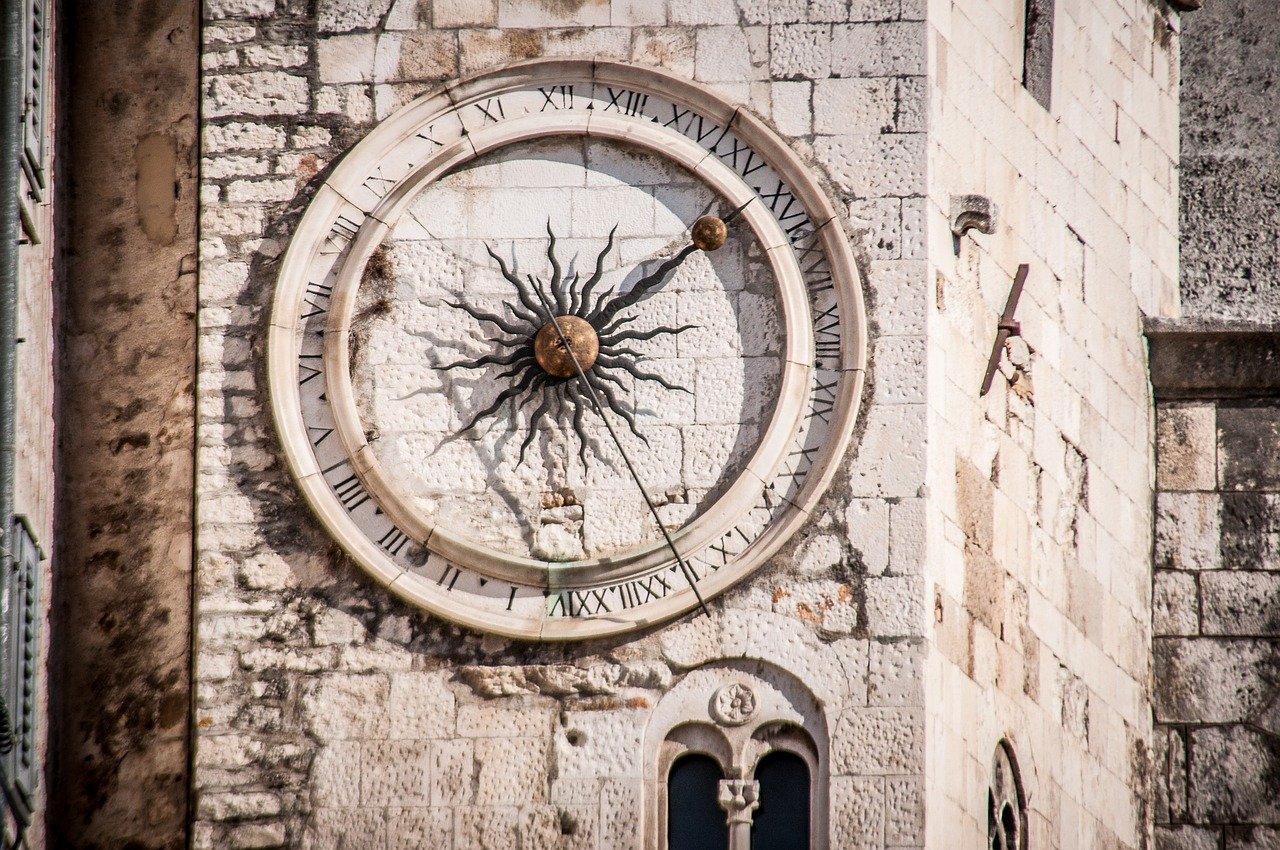
Military Time in Different Professions
Military time is often used in professions that require precise timekeeping procedures.
Use in Military
In the military, accurately tracking time is crucial. Military time contributes to streamlining operations, minimizing errors, and eliminating ambiguity about whether a given time is A.M. or P.M.
Adoption in Healthcare
Healthcare professionals use military time to document patient care and medication administration accurately. This practice helps prevent medication errors related to the ambiguity of the 12-hour clock.
Implementation in Aviation
In aviation, preciseness is vital. Military time is universally adopted in this industry to avoid potential confusion and enhance safety.
Usage in Public Safety
Military time is widely used in public safety and emergency services, including police, fire, and emergency medical services. It helps maintain clear and unambiguous communication, especially in emergency incidents.
Military Time in Different Cultures and Languages
The usage and interpretation of military time vary across cultures and languages.
Comparative Study of Usage Across the Globe
While some countries predominantly use the 12-hour clock, many others, like France and Germany, use the 24-hour format in everyday life. Public timetables, such as those for buses and trains, often also employ the 24-hour clock.
Influence of Language on Perception of Time
Interestingly, the way we perceive time can be influenced by our languages. For instance, in Spanish, people may say “Son las 14”, which translates to “they are the 14 hours”, when referring to 2 P.M.
Challenges in Communication and Localization
With different countries and cultures using different systems, this can affect communication and localization efforts. As a result, having a good understanding of both the 12-hour and 24-hour formats can help avoid any misunderstandings.
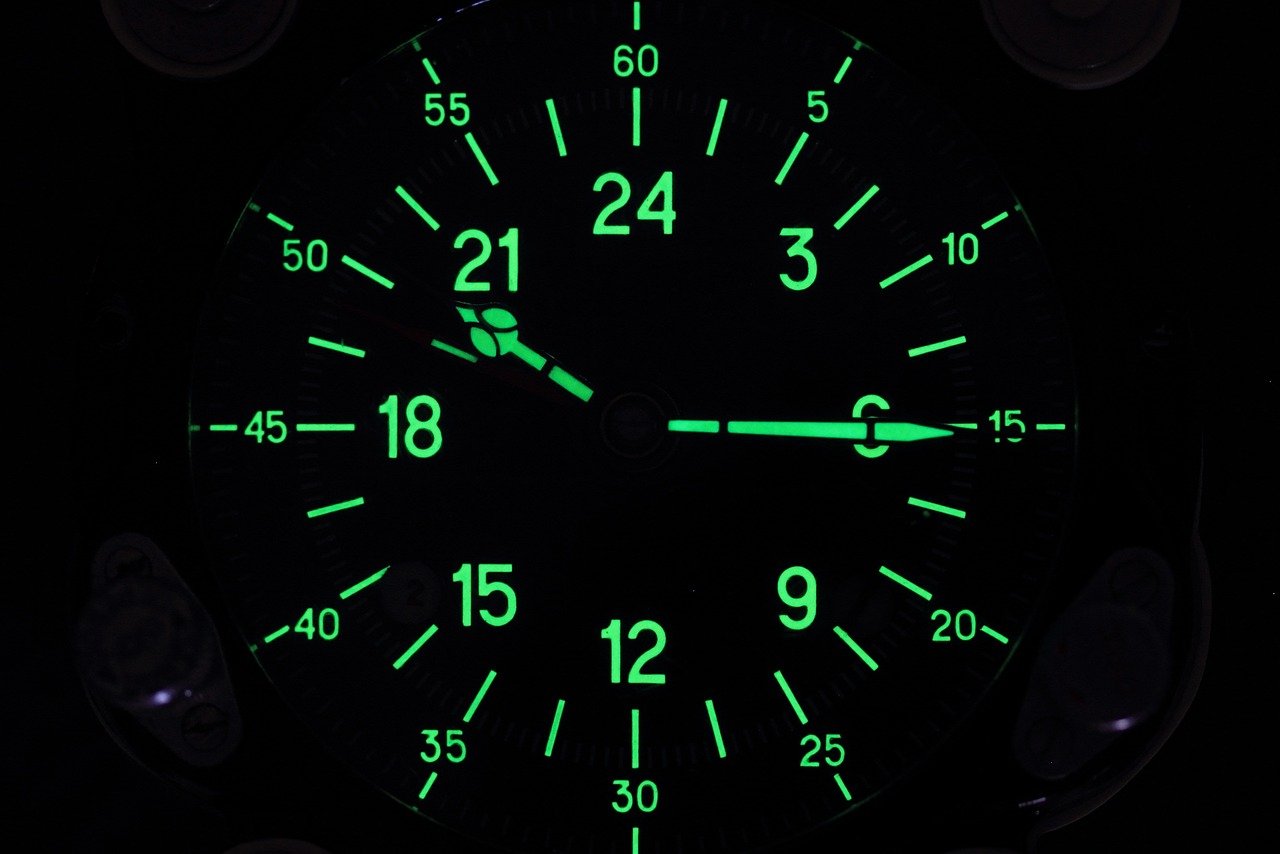
Impact of Military Time on Scheduling and Time Management
The precise nature of military time greatly benefits scheduling and time management in various industries.
Role in Planning Military Operations
In the military, accurate planning and execution are critical. Military time, with its precision, reduces the potential for misunderstandings and aids in synchronized operations.
Significance in Flight Scheduling
In aviation, a mistake in timing can have severe consequences. Hence, airlines use military time for scheduling flights, ensuring clarity and minimizing errors.
Benefits in Shift Management and Staff Rotation Schedules
Any industry that uses shift work or has round-the-clock operations can benefit from using military time for better accuracy and clarity in scheduling.
Role of Military Time in Software and Digital Applications
With the growth of technology, the use of military time is becoming more widespread in digital applications.
Display Settings in Digital Devices
Most digital devices, including computers, smartphones, and smartwatches, offer the option to choose between the 12-hour and 24-hour formats, allowing users to select their preference.
Time Formatting in Programming
For programmers, understanding military time is essential as many programming languages use this format to handle time. Aside from that, databases also store time in a 24-hour format because of its universal acceptability.
Application in Data Analysis and Database Management
Data analysts and database managers often use military time when sorting data and executing time-based queries. Because it eliminates any potential AM/PM confusion, it helps improve efficiency and accuracy.
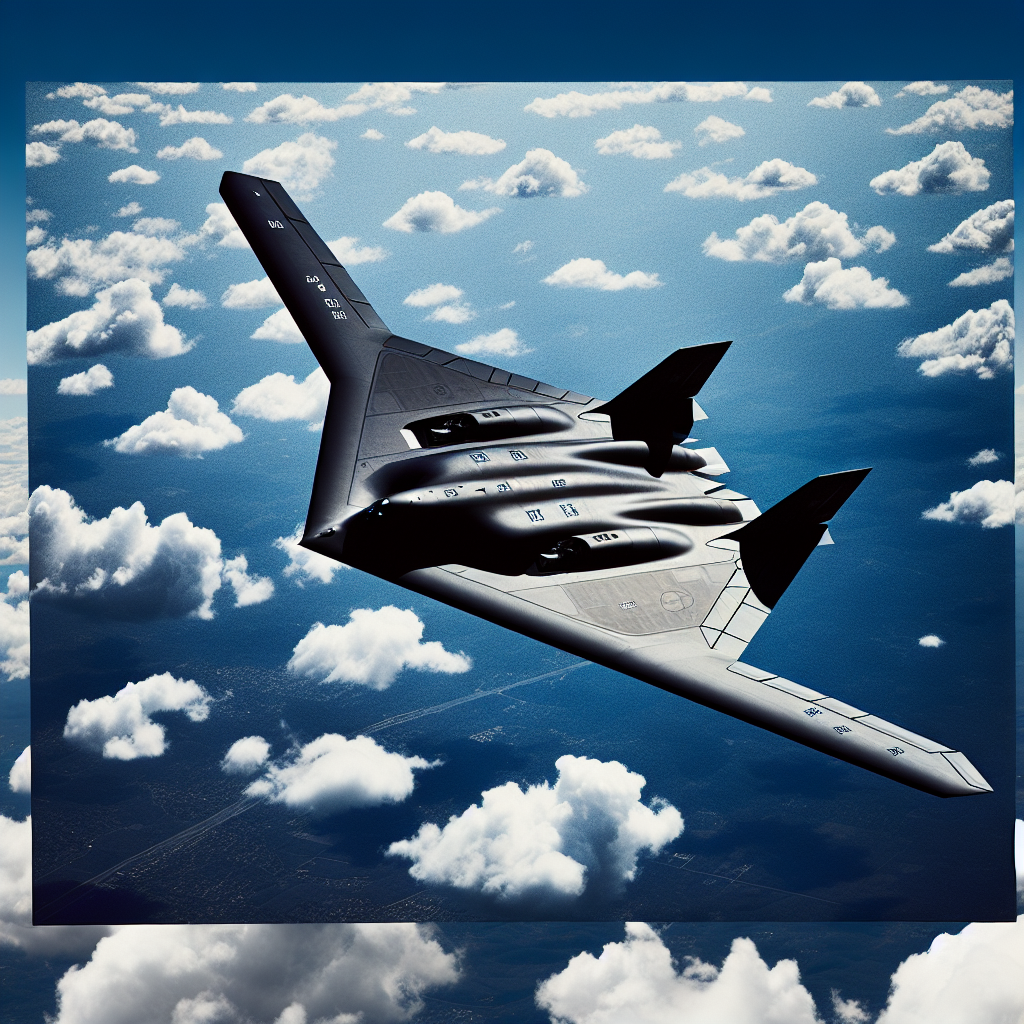
Common Troubles and Challenges in Using Military Time
Despite its benefits, military time can present some difficulties for new or unaccustomed users.
Potential Errors and Confusions
One common confusion arises when trying to interpret military time during the hours from 1300 to 2400. This confusion can lead to errors if one is not well-practiced in using this time format.
Conversion and Calculation Difficulties
Another challenge is the conversion between military time and standard time. It requires relatively simple arithmetic, but it can still be daunting for new users.
Dealing with Time Zones and Daylight Saving Adjustments
Dealing with different time zones gets a little tricky, especially when daylight saving time comes into play. Accurate conversion from one time zone to another requires careful adjustments and consideration of daylight saving time.
Tips and Hacks for using Military Time
Understanding and using military time can be made easier with some helpful tips and hacks.
Quick Conversion Techniques
An easy trick when converting times past 1200 is to simply subtract 12 to convert to P.M. hours. So, 1500 military time would become 3 P.M.
Effective Practices for New Users
For those new to military time, an effective practice is to make a habit of using it daily. Start by setting your digital devices to the 24-hour format.
Fun Facts and Trivia about Military Time
Did you know that military time, or the 24-hour clock, is actually the most commonly used time notation in the world? Or that computer systems universally use this format to prevent the ambiguity of the 12-hour format? These fun facts and others can help deepen your understanding and appreciation of military time. After all, timekeeping is a fascinating part of our global culture.
By understanding and using military time, you not only get to connect with a whole new world of precision but also equip yourself with a skill that’s universally applicable across various industries and cultures.


